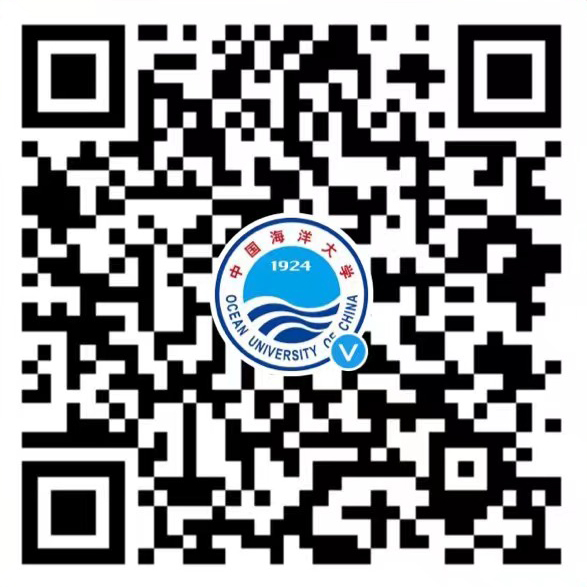The Key Laboratory of Marine Chemistry Theory and Technology, Ministry of Education (MCTL) published the results of a collaborative study titled “Fumigant Methyl Iodide Can Methylate Inorganic Mercury Species in Natural Waters” in Nature Communications.
This study was conducted by five researchers from the U.S. and China. Li Yanbin, an associate professor of MCTL, is the second author of the paper. Cai Yong, one of the two corresponding authors, is a professor from Florida International University and also a visiting professor of MCTL’s “111” program.
Methylmercury (MeHg) is one of the most widespread contaminants in the environment that has aroused much concern. Methylmercury in the environment is often believed to be originated from the biomethylation of inorganic mercury by microorganism. Using both Hg and hydrogen (CD3I) stable isotope techniques, this finding refines the pathways of Hg methylation in the environment and significantly improves the understanding of MeHg production in the environment.
Many countries including the U.S., Japan, and New Zealand have approved the use of Methyl Iodide as a fumigant. This finding suggests that a more comprehensive risk assessment should be performed to insure the safety of using CH3I as a fumigant.
Figure 1. The mechanism of methyl iodide-involved mercury methylation in aquatic environments
For more detailed information, please see
(http://www.nature.com/ncomms/2014/140819/ncomms5633/full/ncomms5633.html).








